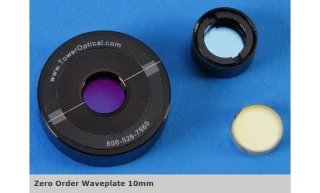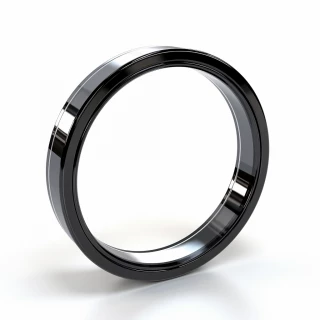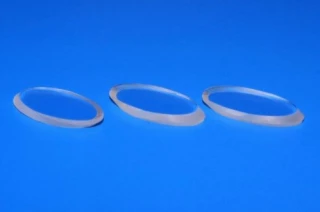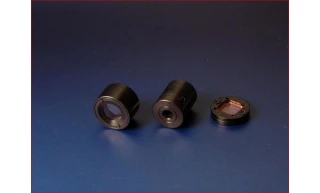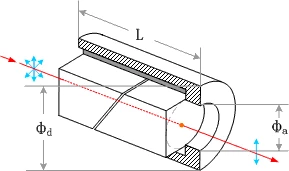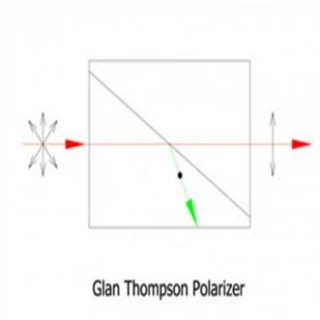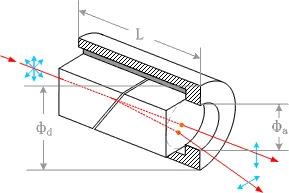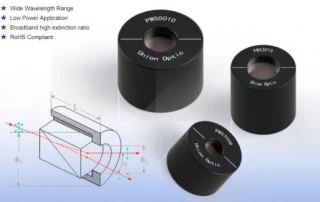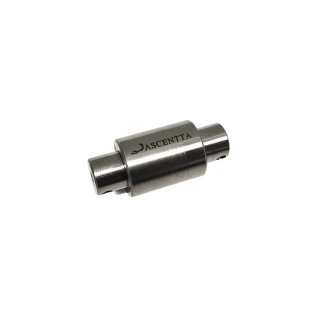Polarization Optics
Frequently Asked Questions
What are some common types of polarization optics?
Some common types of polarization optics include polarizers, waveplates, and retarders. Linear polarizers can selectively block or transmit light waves based on their orientation, while waveplates can convert linearly polarized light to circularly polarized light, and vice versa. Retarders can introduce a phase delay between two orthogonal polarization states.
What factors should I consider when choosing polarization optics?
When choosing polarization optics, it's important to consider factors such as the desired degree of polarization, wavelength range, temperature stability, and optical power handling capabilities, as well as the specific requirements of your application.
What are some common materials used for polarization optics?
Some common materials used for polarization optics include birefringent crystals such as quartz and calcite, as well as thin films of materials such as metal, dielectrics, and polymers. The choice of material depends on factors such as the desired polarization properties, wavelength range, temperature stability, and optical power handling capabilities.
What is the difference between a polarizer and a polarizing beamsplitter?
A polarizer is an optical component that selectively transmits light waves based on their polarization state, while a polarizing beamsplitter is an optical component that reflects or transmits light waves based on their polarization state. Polarizing beamsplitters are often used in optical systems where both polarization states are needed, such as in interferometers.
What are some factors that can affect the performance of polarization optics?
Some factors that can affect the performance of polarization optics include temperature changes, mechanical stress, and the presence of birefringent materials in the optical path. It's important to consider these factors when designing and selecting polarization optics for your application.
What are some common testing methods for polarization optics?
Some common testing methods for polarization optics include polarimetry, interferometry, and spectrophotometry. These methods can be used to measure the polarization properties, transmission characteristics, and spectral response of polarization optics.
What is the difference between broadband and narrowband polarization optics?
Broadband polarization optics are designed to operate over a wide range of wavelengths, while narrowband polarization optics are designed to operate over a narrower range of wavelengths. The choice of broadband or narrowband optics depends on the specific requirements of your application, including the wavelength range of the light source and the desired spectral response of the component.
Our polarization optics category features a comprehensive selection of optical components designed for precision measurement and optical control applications. These components include polarizers, waveplates, retarders, and more from top manufacturers in the industry. Whether you're looking for linear or circular polarization, broadband or narrowband filters, or custom designs, FindLight.net has you covered. Our intuitive search and filter tools make it easy to find the right polarization optics for your specific needs. Explore our collection today and take your measurements and control to the next level.
